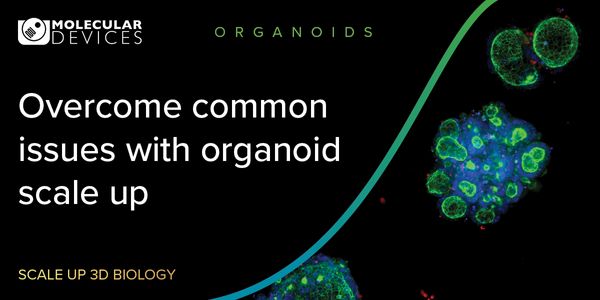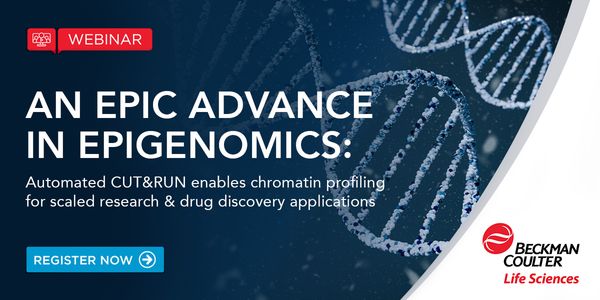Dean, Professor, Department of Physiology, Keio University School of Medicine, Japan
BIOGRAPHY

AUG 30, 2016 8:00 AM PDT
Challenge toward Clinical Trial for Spinal Cord Injury using iPS Cell
Presented at:
4th Annual 24 Hours of Stem Cells™ virtual event
Speaker
Abstract
In our previous preclinical studies, when neural stem progenitor cells (NS/PCs)-derived from hiPSCs were transplanted into mouse or non-human primate spinal cord injury (SCI) models, long-term restoration of motor function was induced without tumorigenicity, by selecting suitable hiPSCs-lines (Nori et al., 2011; Okano et al., 2013; Okano and Yamanaka, 2014). However, NS/PCs derived from certain iPSC-lines gave rise to late-onset tumorigenicity after transplantation (Tsuji et al., 2010; Nori et al., 2015). Here, to preclude these risks before clinical application, we developed molecular characterization of hiPSCs and hiPSC-derived NS/PCs together with transplantation to injured spinal cord of immune-deficient mice (Nori et al., 2015; Sugai et al., 2016). We investigated global methylation status of tumorigenic hiPSC-NS/PCs and found that aberrant hypermethylation of a tumor suppressor gene was induced along the passage. For addressing the safety issue, remnant immature cells or tumor-initiating cells should be removed or induced into more mature cell types to avoid adverse effects of hiPSC-NS/PC transplantation. Because Notch signaling plays a role in maintaining NS/PCs, we evaluated the effects of γ-secretase inhibitor (GSI) and found that pretreating hiPSC-NS/PCs with GSI promoted neuronal differentiation and maturation in vitro, and GSI pretreatment also reduced the overgrowth of transplanted hiPSC-NS/PCs and inhibited the deterioration of motor function in vivo (Okubo et al., 2016). Based on these findings, we are establishing methods of production, selection and transplantation of clinical grade NS/PCs stocks-derived from human iPSC stocks generated from HLA-homozygous super-donors by CiRA. We aim to commence clinical research (Phase I–IIa) trials for treatments of sub-acute phase SCI using hiPSCs-derived NS/PCs in the near future.
You May Also Like
MAR 26, 2024 | 7:00 PM
C.E. CREDITS
The implementation of a preemptive pharmacogenomics (PGx) program in a hospital setting requires a multidisciplinary approach to ensure seamless integration of each stage of the process for...
Speaker:
Steven Melnick. Ph.D., M.D.
, Dr. David Mancuso, Pharm.D. CPh , MSPM
Sponsored By: Thermo Fisher Scientific
MAR 26, 2024 | 8:00 AM
C.E. CREDITS
The implementation of a preemptive pharmacogenomics (PGx) program in a hospital setting requires a multidisciplinary approach to ensure seamless integration of each stage of the process for...
Speaker:
Steven Melnick. Ph.D., M.D.
, Dr. David Mancuso, Pharm.D. CPh , MSPM
Sponsored By: Thermo Fisher Scientific
OCT 24, 2023 | 8:00 AM
Organoids are three-dimensional (3D) multi-cellular, microtissues derived from stem cells that closely mimic the complex structure and functionality of human organs. They offer more accurate...
OCT 24, 2023 | 10:00 AM
Organoids are three-dimensional (3D) multi-cellular, microtissues derived from stem cells that closely mimic the complex structure and functionality of human organs. They offer more accurate...
OCT 24, 2023 | 10:00 AM
Dynamic changes in chromatin drive gene expression programs during cellular development and contribute to pathological changes underlying disease. To date, efforts to characterize chromatin...
Spheroids and organoids, two examples of 3D cell culture models, have become invaluable tools to study the processes that dictate behavior of tissues under physiological and pathological con...
Loading Comments...
Please update your information
Certificate of Attendance
Thank you for choosing Labroots. Please note that a Certificate of Attendance does NOT count towards Continuing Education Credits.
DOWNLOAD CERTIFICATE
DOWNLOAD CERTIFICATE
You must watch the entire webinar to receive your certificate of attendance.
You must attend the event before receiving your certificate of attendance.
You must register for the event first.
Certificate is no longer available for this event.
You must be logged in to retrieve your certificate.
Finish Registering
Attendees
-
APR 30, 2024Immuno-Oncology Virtual Event Series 2024
-
MAY 07, 20243rd International Biosecurity Virtual Symposium
-
SEP 03, 2024Microbiology Week Virtual Event Series 2024
- See More
-
APR 17, 2024
- See More












































